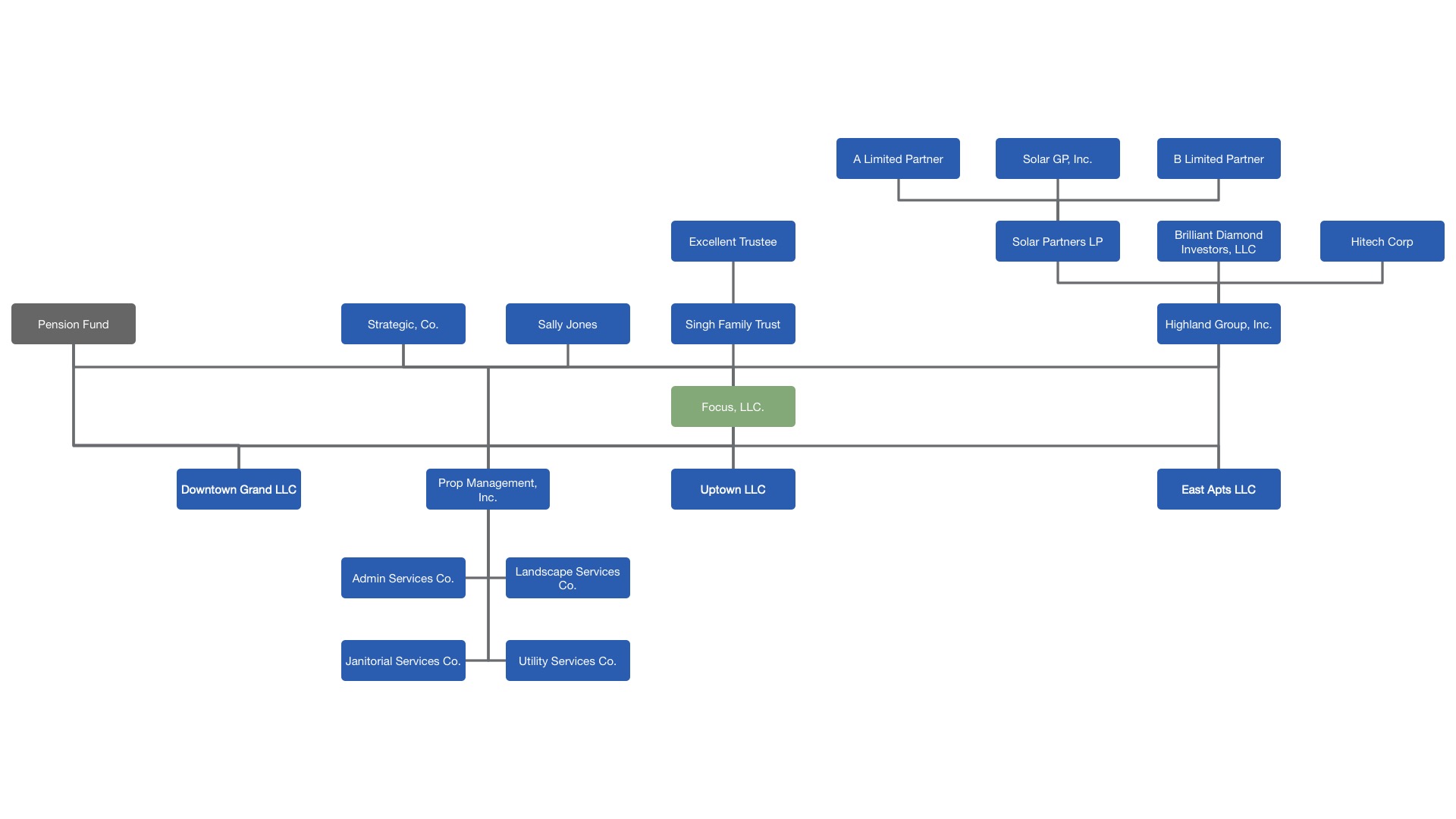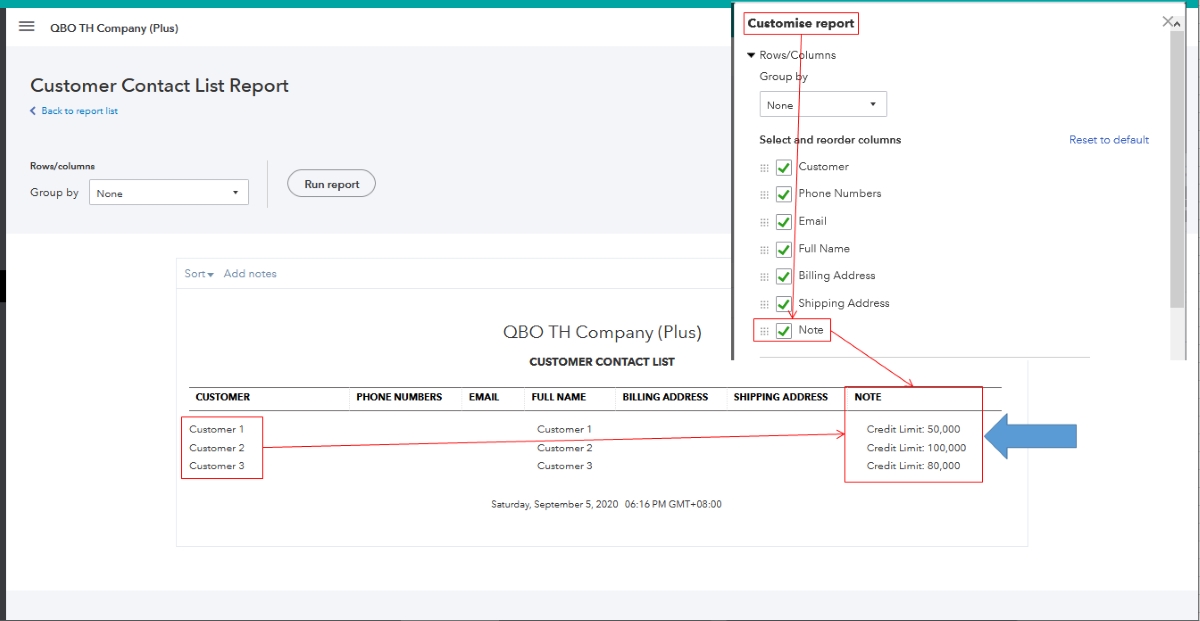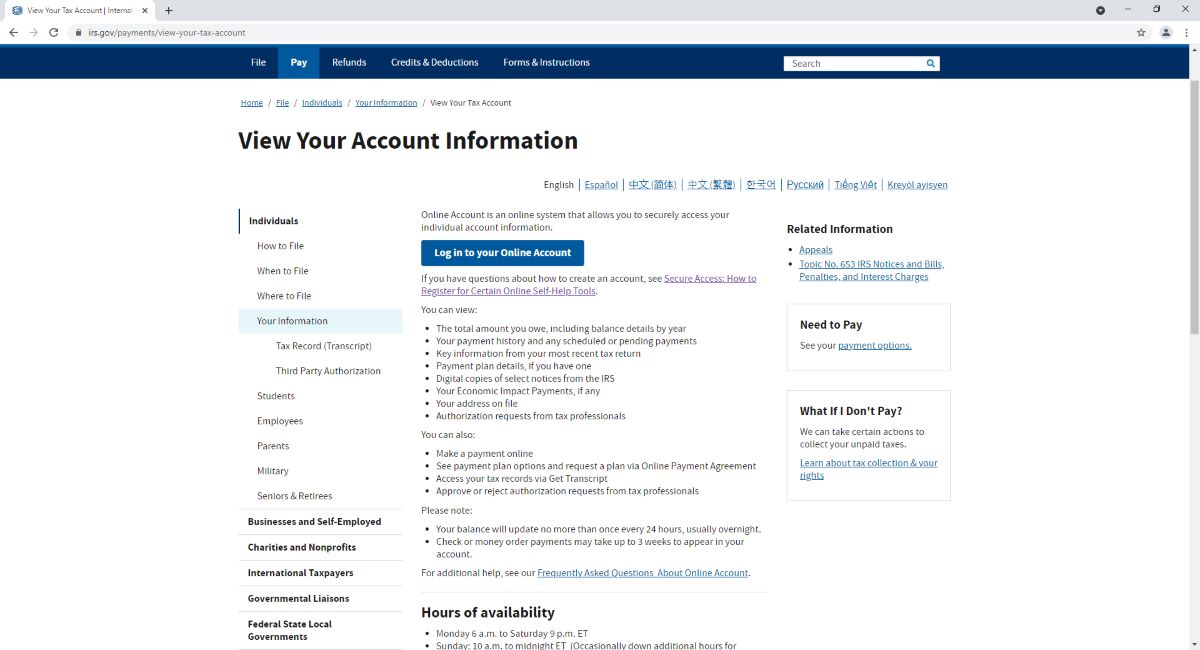

Finance
How To Set Up Capital Structure Of An LLC
Modified: December 30, 2023
Learn how to strategically set up the capital structure of your LLC for optimal financial management and growth. Explore key principles and techniques in finance.
(Many of the links in this article redirect to a specific reviewed product. Your purchase of these products through affiliate links helps to generate commission for LiveWell, at no extra cost. Learn more)
Table of Contents
- Introduction
- Understanding Capital Structure
- Choosing the Right Capital Structure for an LLC
- Determining the Initial Capital Contribution
- Issuing Membership Interests
- Structuring Debt Financing
- Role of Equity Financing
- Managing and Modifying the Capital Structure
- Key Considerations and Best Practices for Capital Structure
- Conclusion
Introduction
Setting up the capital structure of a Limited Liability Company (LLC) is a crucial step in its formation. A well-designed capital structure not only determines the financial stability of the company but also affects its borrowing capacity, ownership distribution, and overall decision-making process.
Understanding and establishing the right capital structure is essential for the long-term success and growth of an LLC. This article aims to guide you through the process of setting up the capital structure of an LLC, providing insights into the various factors to consider and best practices to follow.
Before diving into the details, it’s important to note that the capital structure of an LLC refers to the way it is funded and the mix of debt and equity financing. Debt financing involves borrowing money, usually from financial institutions, while equity financing involves raising funds from investors in exchange for ownership shares or membership interests.
Choosing the appropriate capital structure requires careful consideration of factors such as the nature of the business, industry standards, financial goals, risk tolerance, and potential future funding needs. The capital structure should strike a balance between debt and equity to optimize financial flexibility and maximize shareholder value.
In the following sections, we will explore the key components of capital structure for an LLC, including determining the initial capital contribution, issuing membership interests, structuring debt financing, and the role of equity financing. We will also discuss the management and modification of the capital structure, along with important considerations and best practices to keep in mind.
By the end of this article, you will have a clear understanding of how to set up the capital structure of an LLC and make informed decisions to support the financial health and growth of your business.
Understanding Capital Structure
Capital structure refers to the way a company finances its operations by combining debt and equity. It determines the proportion of each funding source and plays a vital role in shaping the financial stability and risk profile of the company.
There are two primary components of capital structure: debt and equity. Debt consists of borrowed funds that the company must repay with interest, while equity represents the ownership interests in the company.
Debt financing involves obtaining loans or issuing bonds to raise capital. This type of financing usually requires regular interest payments and a contractual obligation to repay the principal at a specified time. Debt holders are considered creditors and have a claim on the company’s assets in the event of default.
Equity financing, on the other hand, involves raising funds by selling ownership shares or membership interests in the company. Equity investors become shareholders or members and have a stake in the company’s profits and assets. Unlike debt, equity financing does not require regular interest payments or a fixed repayment schedule.
The capital structure of an LLC determines the ownership distribution and control within the company. It influences key decisions such as dividend distributions, voting rights, and the allocation of profits and losses. The balance between debt and equity financing can also impact the company’s ability to attract investors, obtain financing, and manage financial risk.
When assessing the capital structure, it is important to consider the cost of capital. Debt financing typically comes with interest rates, which increase the overall cost of capital. On the other hand, equity financing may not have a direct cost, but it dilutes ownership and reduces control.
Another aspect to consider is the level of financial leverage. Financial leverage refers to the use of debt to finance the company’s assets. While leverage can amplify returns in a favorable market, excessive debt can pose financial risk and increase vulnerability in challenging economic conditions.
Striking the right balance between debt and equity financing is crucial for optimizing the company’s financial structure. The optimal capital structure may vary depending on factors such as industry norms, business risk, profitability, and growth prospects.
In the next sections, we will delve into the considerations and steps involved in choosing and setting up the ideal capital structure for your LLC.
Choosing the Right Capital Structure for an LLC
Choosing the right capital structure for your LLC is a crucial decision that can have long-term implications for the financial health and success of your business. It requires careful consideration of various factors to strike a balance between debt and equity financing that aligns with your business goals and risk tolerance.
Here are some key steps and considerations to help you choose the right capital structure for your LLC:
- Evaluate the nature of your business: Consider the industry you operate in, the stage of your business, and its risk profile. Industries with stable cash flows and lower risk may be able to handle higher levels of debt, while riskier industries may need a greater emphasis on equity financing to provide a cushion against potential losses.
- Assess your financial goals: Determine your short-term and long-term financial goals. If you prioritize stability and steady growth, a conservative capital structure with lower debt and higher equity may be appropriate. However, if you have ambitious growth plans and are comfortable taking on more risk, you may opt for a more aggressive capital structure with higher leverage.
- Analyze your borrowing capacity: Evaluate your ability to access debt financing based on factors such as your creditworthiness, cash flow, and collateral. Determine the maximum amount of debt you can reasonably handle without jeopardizing your financial stability.
- Consider the tax implications: Be mindful of the tax implications associated with different forms of financing. Interest payments on debt are generally tax-deductible, which can provide a tax advantage, while equity financing may result in dividend distributions that are subject to different tax treatment.
- Factor in the cost of capital: Assess the cost of debt and equity financing options. Debt financing typically comes with interest rates and other associated costs, while equity financing may dilute ownership and require dividend payments. Compare the overall costs and determine the most cost-effective mix of financing.
- Reflect on your long-term funding needs: Consider your future funding requirements and how your chosen capital structure will facilitate access to additional capital. If you anticipate a need for future financing, it may be wise to maintain flexibility by keeping some capacity for additional borrowing or equity issuance.
Remember, there is no one-size-fits-all approach to capital structure. It is a unique decision that depends on your specific circumstances and objectives. Consulting with a financial advisor or accountant can provide valuable insights and help you make an informed decision.
Once you have determined the appropriate capital structure for your LLC, you can proceed with the steps involved in setting up the capital structure, including the initial capital contribution and the issuance of membership interests or ownership shares.
Determining the Initial Capital Contribution
One of the crucial steps in setting up the capital structure of an LLC is determining the initial capital contribution. This refers to the amount of money or assets that the members of the LLC contribute to the company at its inception.
The initial capital contribution serves as the foundation for the LLC’s financial resources and is an important aspect of the capital structure. Here are some key considerations when determining the initial capital contribution:
- Evaluate the financial needs of the business: Assess the startup and ongoing financial requirements of your LLC. Consider factors such as initial investments in equipment, inventory, technology, marketing, and working capital. Understanding your financial needs will help you determine an appropriate capital contribution amount.
- Consider the value of contributions: Contributions to an LLC can be made in the form of cash, property, or services. Assigning a value to non-cash contributions is important for accounting and ownership purposes. It’s crucial to have a fair and accurate evaluation of the non-cash assets being contributed.
- Allocate contributions among members: In a multi-member LLC, contributions can be distributed among the members based on their ownership interests or any other agreed-upon arrangement. It is important to have a clear understanding of how the capital contributions will be allocated, as it determines the ownership stakes and distribution of profits and losses.
- Document the capital contribution: Once the initial capital contribution amounts are determined, it is important to document them in the LLC’s operating agreement. The operating agreement should outline the capital contributions made by each member, the ownership percentages, and any conditions or terms associated with the contributions. This helps maintain transparency and provides a reference for future decision-making.
It is worth noting that the initial capital contribution does not have to be the sole source of funding for the LLC. Additional capital can be infused into the company through future investments, borrowing, or the issuance of additional ownership interests.
As your LLC grows and evolves, it is essential to regularly review and reassess the capital structure. If the initial capital contribution becomes inadequate to meet the changing financial needs of the business, additional contributions or restructuring of the capital structure may be necessary.
By carefully considering the financial requirements of your LLC and properly documenting the initial capital contribution, you can lay a solid foundation for your company’s capital structure and ensure the smooth functioning of your business.
Issuing Membership Interests
Issuing membership interests is a critical step in setting up the capital structure of an LLC. Membership interests represent ownership shares in the company and play a key role in determining the rights, privileges, and responsibilities of each member.
Here are some important considerations when issuing membership interests:
- Determine the ownership structure: Decide on the ownership structure of your LLC. Will it be a single-member LLC or a multi-member LLC? A single-member LLC has only one owner, while a multi-member LLC has two or more owners. This decision will impact the issuance and allocation of membership interests.
- Establish the total number of membership interests: Determine the total number of membership interests available in the LLC. This will depend on the number of owners and the desired ownership distribution. Typically, membership interests are expressed as a percentage.
- Allocate membership interests: Allocate the membership interests among the members based on their agreed-upon ownership percentages. The allocation of membership interests will determine the rights, obligations, and financial stakes of each member in the LLC.
- Document the issuance: Properly document the issuance of membership interests in the LLC’s operating agreement. The operating agreement should clearly state the number of membership interests issued to each member and the terms and conditions associated with the ownership interests.
- Consider vesting agreements: In some cases, it may be appropriate to include vesting agreements for membership interests. A vesting schedule determines when the ownership of membership interests becomes fully vested for each member. This helps promote commitment and incentivizes long-term involvement in the company.
- Understand the rights and privileges: Different classes of membership interests may have different rights and privileges. Consider whether certain membership interests should have voting rights, decision-making authority, or preferential financial rights. Clarify these details in the operating agreement to avoid any disputes or confusion down the line.
It is important to consult with legal and financial professionals when issuing membership interests to ensure compliance with applicable laws and regulations. They can also help you navigate through complex ownership structures, tax implications, and any specific requirements in your jurisdiction.
Remember, issuing membership interests is not a one-time event. As the LLC grows and changes, it may be necessary to issue additional membership interests or modify the ownership structure. Regularly reviewing and updating the capital structure to accommodate the evolving needs of the LLC is essential for its success.
By carefully planning and documenting the issuance of membership interests, you can establish a clear and equitable ownership structure within your LLC and foster a harmonious and collaborative environment for all members.
Structuring Debt Financing
Debt financing is an important component of the capital structure for an LLC. It involves borrowing funds from external sources, such as financial institutions or private lenders, to support the company’s operations and growth.
Here are key considerations when structuring debt financing for your LLC:
- Evaluate funding needs: Assess your LLC’s funding needs and determine how much debt capital is required. Consider factors such as working capital requirements, equipment purchases, expansion plans, or refinancing existing debt.
- Identify financing options: Research and evaluate different debt financing options available to your LLC. This could include traditional bank loans, lines of credit, Small Business Administration (SBA) loans, or alternative lenders.
- Assess creditworthiness: Understand your LLC’s creditworthiness and financial health by reviewing your credit score, financial statements, and cash flow projections. Lenders will use this information to evaluate your ability to repay the debt and may offer more favorable terms to borrowers with a strong financial position.
- Negotiate loan terms: Once you have identified potential lenders, negotiate the terms of the debt financing. This includes determining the loan amount, interest rate, repayment period, collateral requirements, and any covenants or conditions associated with the loan.
- Consider the cost of capital: Evaluate the cost of debt financing, including the interest rate, fees, and other associated costs. Balancing the cost of capital against the potential returns and benefits of the investment or project being financed is crucial for making informed decisions.
- Review loan documentation: Carefully review and understand the terms and conditions outlined in the loan agreement. Ensure that you fully comprehend your repayment obligations, potential penalties or fees, and any restrictions or limitations placed on your LLC’s operations.
- Maintain a healthy debt-to-equity ratio: Consider your LLC’s debt-to-equity ratio when structuring debt financing. This ratio compares the amount of debt to the amount of equity in the company and reflects the level of financial leverage. Striking the right balance is important to manage financial risk and maintain a healthy capital structure.
It’s important to note that debt financing comes with the obligation to repay the borrowed funds, along with any agreed-upon interest or fees. Failing to meet these obligations can have serious consequences and may harm your LLC’s creditworthiness.
Regularly monitoring and managing your debt obligations, along with maintaining a strong relationship with lenders, are critical for the long-term financial health of your LLC.
Consulting with financial advisors or loan officers can provide valuable guidance and insights when it comes to structuring debt financing for your LLC. They can help you navigate through the complexities of loan agreements, negotiate favorable terms, and ensure that your financing decisions align with your business objectives.
By carefully structuring debt financing, you can leverage external capital to support your LLC’s growth, capitalize on opportunities, and enhance its overall financial stability.
Role of Equity Financing
Equity financing plays a significant role in the capital structure of an LLC. It involves raising funds by selling ownership shares or membership interests in the company to investors in exchange for capital. Equity financing provides several advantages and considerations for an LLC.
Here are key aspects to understand about the role of equity financing:
- Raising capital: Equity financing is a way to raise capital without incurring debt or interest obligations. By selling ownership shares or membership interests, an LLC can generate funds to support its operations, expansion plans, or new investments.
- Long-term funding: Equity financing provides long-term capital for the LLC. Unlike debt financing, equity investors do not expect immediate repayment but instead invest with the expectation of sharing in the future success and profits of the company.
- Sharing financial risk: Equity investors assume a portion of the financial risk associated with the LLC. In the event of business difficulties or losses, they share in the burdens, mitigating the financial strain on the company and its owners.
- Access to expertise: Equity financing often involves bringing in investors who not only provide capital but also bring valuable expertise, industry connections, and guidance to the LLC. This can enhance the company’s growth potential and increase its chances of success.
- Leveraging investors’ networks: Equity investors can introduce the LLC to their professional networks, potentially opening doors to new customers, suppliers, or business partnerships. This can provide additional growth opportunities and strategic advantages for the company.
- Sharing ownership and decision-making: Equity financing allows multiple owners to participate in the company’s ownership and decision-making processes. Each investor typically holds ownership shares or membership interests that come with voting rights and a say in major decisions affecting the LLC.
- Dilution of ownership: It’s important to note that equity financing can lead to the dilution of existing owners’ ownership stakes in the LLC. As new investors come in and receive ownership shares or membership interests, the percentage ownership of pre-existing owners decreases.
- Exit strategies: Equity financing provides a clear path for investors to exit their investment and realize returns. This can be achieved through an initial public offering (IPO), acquisition by another company, or a buyout by the company or other investors.
Equity financing can be an attractive option for LLCs seeking long-term capital, access to expertise, and strategic partnerships. It allows for sharing financial risk and aligning the interests of investors with the success of the company.
However, it is essential to carefully consider the terms and conditions of equity financing, including the valuation of the company, investor rights and expectations, governance structures, and potential exit strategies. Consulting with legal and financial professionals can help you navigate through the complexities of equity financing and ensure that the arrangement aligns with your goals and objectives.
By leveraging equity financing effectively, an LLC can secure the necessary capital to fuel its growth, tap into valuable expertise, and position itself for long-term success.
Managing and Modifying the Capital Structure
Managing and periodically reviewing the capital structure of an LLC is crucial to ensure its alignment with the company’s evolving needs, financial goals, and market conditions. Modifying the capital structure when necessary can help optimize financing options, maintain a healthy balance between debt and equity, and support the long-term success of the business.
Here are key considerations for managing and modifying the capital structure of an LLC:
- Regularly review and assess: It is important to regularly review and assess the existing capital structure to determine if any adjustments are needed. This can be done annually or whenever significant changes occur within the business or industry.
- Monitor financial performance: Keep a close eye on the financial performance of the LLC, including cash flow, profitability, and debt repayment capabilities. This information can help identify any potential imbalances or areas for improvement within the capital structure.
- Adjust financial leverage: Assess the level of financial leverage in the capital structure. Periodically evaluate the debt-to-equity ratio and consider adjusting it based on changes in business risk, growth prospects, or borrowing capacity.
- Reevaluate funding needs: As the business evolves, reevaluate its funding needs and determine if additional capital is required. This could involve raising additional equity financing, exploring new debt financing options, or considering alternative sources of funding.
- Consider refinancing: Explore opportunities for refinancing existing debt. If interest rates have changed or more favorable loan terms are available, refinancing can help lower borrowing costs, extend repayment periods, or improve the overall financial flexibility of the LLC.
- Seek professional advice: Consult with professional advisors such as accountants, financial planners, or business consultants to gain insights and expertise in managing and modifying the capital structure. They can provide recommendations based on the specific needs and goals of your LLC.
- Document changes: Whenever modifications are made to the capital structure, ensure the changes are properly documented and reflected in the LLC’s operating agreement and relevant legal and financial records. Clear and accurate documentation helps maintain transparency and avoids potential conflicts or misunderstandings in the future.
It’s important to approach capital structure management and modification with a long-term perspective, considering both the immediate financial needs of the company and its future growth aspirations. Balance the desire for flexibility and growth with prudent risk management to create a capital structure that supports the overall success of the business.
Remember, modifying the capital structure is not a one-time event but an ongoing process that should adapt to changing circumstances and the evolving needs of the LLC. Regularly monitor and reassess the capital structure to ensure it remains in line with the company’s objectives and market dynamics.
By effectively managing and modifying the capital structure, an LLC can optimize its financial resources, mitigate risks, and position itself for sustainable growth and success in the long run.
Key Considerations and Best Practices for Capital Structure
When it comes to the capital structure of an LLC, there are several key considerations and best practices to keep in mind. These practices can help optimize the financial health, flexibility, and growth potential of your business. Here are some important factors to consider:
- Risk and return: Evaluate the risk and return tradeoff of different financing options. Balancing your appetite for risk with your desired return on investment can help determine the appropriate mix of debt and equity financing in your capital structure.
- Flexibility: Maintain flexibility in the capital structure to accommodate future growth and financing needs. Avoid overcommitting to long-term debt with strict repayment schedules that may limit your ability to adapt to changing circumstances.
- Diversification: Diversify your sources of financing to reduce dependency on a single lender or investor. Having a mix of debt and equity financing, as well as multiple lenders or investors, can provide greater stability and mitigate risks.
- Communication and transparency: Foster open communication and transparency with lenders, investors, and stakeholders about the capital structure and financial health of the LLC. Clear and timely communication builds trust and strengthens relationships.
- Monitoring and analysis: Regularly monitor and analyze your capital structure’s performance and its impact on the overall financial health of the LLC. Evaluate the cost of capital, debt repayment capabilities, and the return on equity to ensure they align with your business goals.
- Adaptability: Be prepared to modify the capital structure as business needs change. As your company grows, consider adjusting the mix of debt and equity financing to support new investments, expansion plans, or changes in market conditions.
- Compliance: Ensure compliance with relevant laws, regulations, and reporting requirements related to your capital structure. This includes accurate record-keeping, financial reporting, and adherence to any covenants or conditions associated with debt financing.
- Professional advice: Seek guidance from financial advisors, accountants, and legal professionals to navigate the complexities of capital structure. Their expertise can help you make informed decisions, optimize financing options, and ensure compliance with applicable regulations.
While these considerations provide a foundation for structuring the capital of your LLC, it is important to remember that there is no one-size-fits-all approach. Every business is unique, and the optimal capital structure may vary depending on factors such as industry dynamics, growth objectives, and risk tolerance.
By carefully considering these key factors and following best practices, you can establish a well-balanced capital structure that supports the long-term growth and success of your LLC, while effectively managing financial risks.
Conclusion
Establishing the right capital structure is a crucial step for the success and financial stability of an LLC. Careful consideration of debt and equity financing, along with ongoing evaluation and modification, can optimize the LLC’s financial health and growth potential.
In this article, we have explored the key components and considerations involved in setting up the capital structure of an LLC. We covered topics such as understanding capital structure, choosing the appropriate mix of debt and equity financing, determining the initial capital contribution, issuing membership interests, structuring debt financing, and the role of equity financing.
We also discussed the importance of managing and modifying the capital structure as the business evolves, as well as key considerations and best practices for maintaining a healthy and optimal capital structure.
Remember, there is no one-size-fits-all approach when it comes to capital structure. It requires a thorough understanding of your business, financial goals, risk tolerance, and market dynamics. Seeking advice from financial professionals can provide valuable insights and guidance tailored to your specific needs.
By effectively managing the capital structure, an LLC can secure the necessary funding, support its growth initiatives, and enhance its overall financial stability. Regularly reviewing and adjusting the capital structure ensures that it remains aligned with the company’s objectives and market conditions.
Having a solid capital structure in place is not only crucial for the financial well-being of an LLC but also instills confidence in lenders, investors, and stakeholders. It sets the stage for sustainable growth, profitability, and long-term success.
In conclusion, by understanding the components, considerations, and best practices for capital structure, you can make informed decisions to support the financial health, growth, and prosperity of your LLC.














